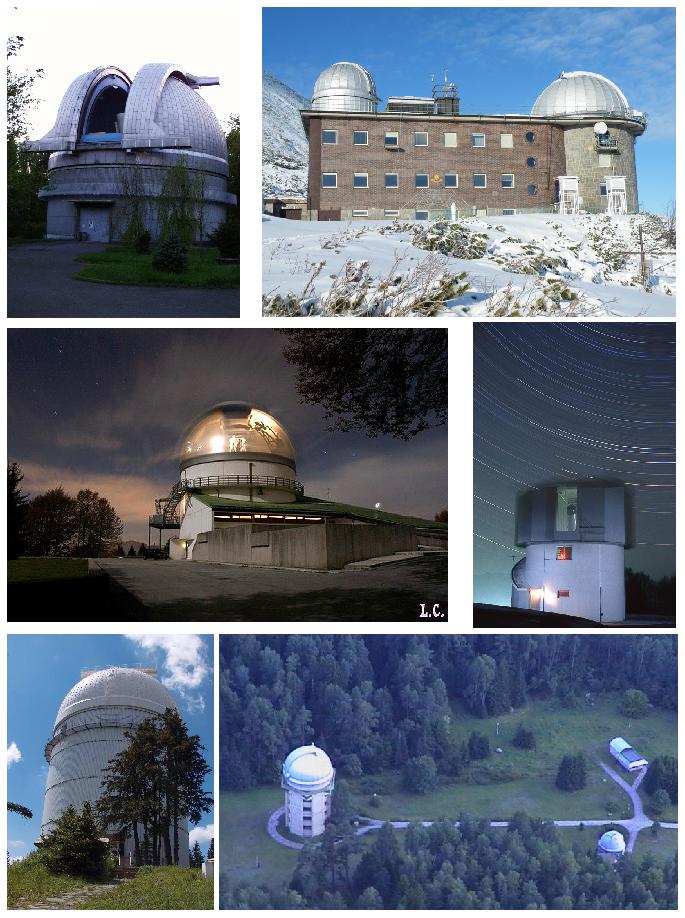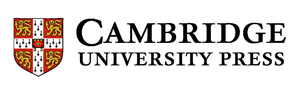Special Session SS2
27 June 2017
Cool Science on Hot Subjects - Demonstrating the Strengths and Needs of National 1-2m Class Telescopes
Aims and scope
 In the age of telescopes with continuously increasing aperture size and angular resolution from the currently operating 4-8m telescopes to the Extremely Large Telescopes (30-40 m) is there still need for small (< 2 m) telescopes? The answer is clearly yes as is demonstrated by the forefront observations and datasets obtained, for example, by the 2 Micron All Sky Survey (two 1.3 m telescopes) and the Sloan Digital Sky Survey (a wide field telescope of 2.5 m). Many scientific programs do not require large aperture telescopes, but rather significant time resources which cannot be offered by larger, oversubscribed facilities. There are plenty of scientific niches ideally suited to small telescopes. In particular, small-telescope nets for variable star monitoring, asteroseismic campaigns and transient observations such as supernovae and novae can produce a lot of good and important science, and there exists an army of productive 1-2 m class telescopes at fairly good observing sites that make significant contributions to observational astrophysics.
In the age of telescopes with continuously increasing aperture size and angular resolution from the currently operating 4-8m telescopes to the Extremely Large Telescopes (30-40 m) is there still need for small (< 2 m) telescopes? The answer is clearly yes as is demonstrated by the forefront observations and datasets obtained, for example, by the 2 Micron All Sky Survey (two 1.3 m telescopes) and the Sloan Digital Sky Survey (a wide field telescope of 2.5 m). Many scientific programs do not require large aperture telescopes, but rather significant time resources which cannot be offered by larger, oversubscribed facilities. There are plenty of scientific niches ideally suited to small telescopes. In particular, small-telescope nets for variable star monitoring, asteroseismic campaigns and transient observations such as supernovae and novae can produce a lot of good and important science, and there exists an army of productive 1-2 m class telescopes at fairly good observing sites that make significant contributions to observational astrophysics.
The Symposium is aimed at highlighting the strengths of national 1-2m class telescopes. We will emphasize their role in supporting current and future space missions and in driving excellent forefront science by coordinated surveying programmes and networking. Moreover, we will strengthen their need for top science performed in fields which require long-term monitoring (stellar pulsations, binaries, variable stars), as well as in the field of transient phenomena (supernovae, novae, stellar outbursts and eruptions), which cannot be studied by any other means.
Programme
- Long Term Monitoring and Networking
Stellar pulsations, variable stars, binaries, asteroid and comet positions, etc.
- Transient Phenomena
Supernovae, novae, planets, mass-ejection events, outbursts, etc.
- Support of Space Missions
Preparation for space missions (e.g. PLATO), ground-based follow-up observations (e.g. Kepler, Gaia, etc.)
We solicit both oral and poster contributions.
Invited speakers
- Sarunas Mikolaitis (Vilnius University, Lithuania)
- Vasiliki Pavlidou (University of Crete, Greece)
- Lukasz Wyrzykowski (Warsaw University Astronomical Observatory, Poland)
Scientific organisers
Tanyu Bonev (Institute of Astronomy and National Astronomical Observatory Rozhen, Bulgaria)
Michaela Kraus (Astronomical Institute AVCR, v.v.i., Czech Republic/Tartu Observatory, Estonia) - chair
Laurits Leedjärv (Tartu Observatory, Estonia)
Grigoris Maravelias (Astronomical Institute AVCR, v.v.i., Czech Republic)
Ulisse Munari (Astronomical Observatory of Padova, INAF, Italy)
Theo Pribulla (Astronomical Institute, Slovak Academy of Sciences, Slovakia)
Grazina Tautvaisiene (Vilnius University, Lithuania)
Oliver Vince (Astronomical Observatory Belgrade, Serbia)
Contact
michaela.kraus @ asu.cas.cz
Updated on Wed May 17 12:16:46 CEST 2017
|

 A power cut will shut down all EAS services on Tuesday, 10 January 2017 starting at 7:30 CET.
A power cut will shut down all EAS services on Tuesday, 10 January 2017 starting at 7:30 CET.




















